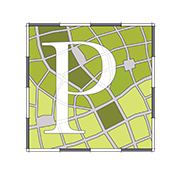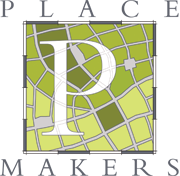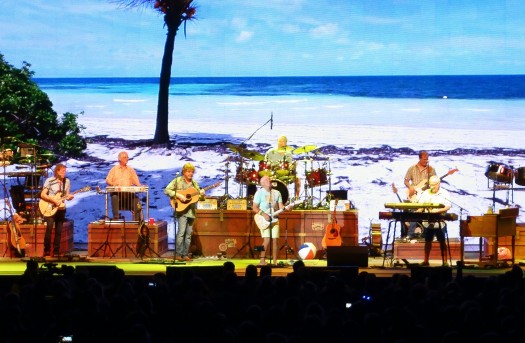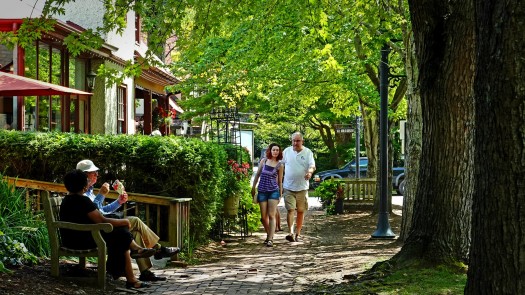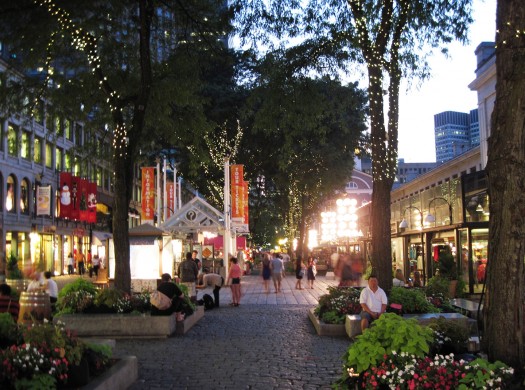Posts Tagged ‘Kaid Benfield’
CARZILLA: Are huge SUVs & trucks hurting pedestrians and walkable communities?
I’ve become obsessed with the size of personal vehicles, and I’m pretty sure it’s driving my wife crazy. Every time we take a walk, run an errand, or find ourselves in a parking facility, I can’t help myself from commenting constantly about the enormous size of many newer cars, trucks, and especially SUVs compared to…
Read MoreA Pirate Looks at . . . Seventy? (Reflections on a Long Career, with Six Essentials for Greener, Healthier Communities)
Most people who know my work expect the writing I do in this space, as well as my speaking, to focus on what we should be doing to create and sustain greener, healthier communities. Don’t worry, that’s eventually where this particular piece of writing is going. I can’t help myself when it comes to that subject. But I’m not going to start there: allow me to self-indulge my way around a few personal detours first. I’ll try to make them entertaining…
Read MoreJeff Speck’s Step-by-Step Guide to Making Better Urban Places
If you are involved in the world of city and neighborhood design, you probably know (or at least have heard of) the work of urban thinker, writer, lecturer, and city planner Jeff Speck. He has authored or coauthored a number of books in the field, my personal favorite being The Smart Growth Manual (2010, coauthored with…
Read MoreThe Science Is In: The healthiest neighborhoods are both walkable and green
Most of us, most of the time, don’t make much connection between place – the neighborhoods where we live, work, and play – and our health. Not unless we’re thinking of such obvious local health concerns as an outbreak of infectious disease in the community, serious levels of pollution or toxicity nearby, or perhaps about local…
Read MoreSuburban Remix: A New Generation of Walkable Development
In 2001, a new book came out with my name (and those of two colleagues) on the cover. It was a book of case studies of smart-growth alternatives to suburban sprawl, divided into three categories: urban development, suburban development, and conservation initiatives. I mention the book here not (well, not just) because I’m an incorrigible…
Read MoreMoving Beyond “Smart Growth” to a More Holistic City Agenda
Originally published almost four years ago and every bit as relevant today. I have spent most of the last twenty years working on an agenda grounded in, for lack of a better phrase, “smart growth.” That agenda basically holds that our regions must replace suburban sprawl with more compact forms of growth and development; that…
Read MoreTen key ingredients of a green and healthy community
If someone asks what a green community, or a healthy one, means to you, what comes to mind? I’m willing to bet that for most people it is the visible and tangible aspects: a lovely city park, perhaps, or mature street trees, or bicycle lanes on a city street. If you’re a bit more wonky,…
Read MoreWhy City Issues are Also Environmental Issues
Cities need nature, as I’ve written in an earlier essay. But what is not so well understood is that nature also needs cities. There is simply no way we can protect and maintain a beautiful, thriving, natural and rural landscape outside of cities if we continue to spread highways and suburban sprawl across the countryside. Healthy, robust, beautiful…
Read MoreIs placemaking a “new environmentalism”?
Can placemaking – in short, the building or strengthening of physical community fabric to create great human habitat – be a “new environmentalism”? The question is posed by a provocative short essay, which I first discovered in 2011. Written by Ethan Kent of the Project for Public Spaces, the article continues to make the rounds. The essay influenced…
Read MoreWant to Improve Your City? Start taking pictures
In Chuck Wolfe’s absorbing new book, Seeing the Better City, he encourages readers to think with our eyes and communicate with visual imagery in order to improve our cities. With the proliferation of smartphone cameras and an endless array of easily accessible, web-based platforms on which to display them, virtually everyone is now a photographer. And,…
Read More